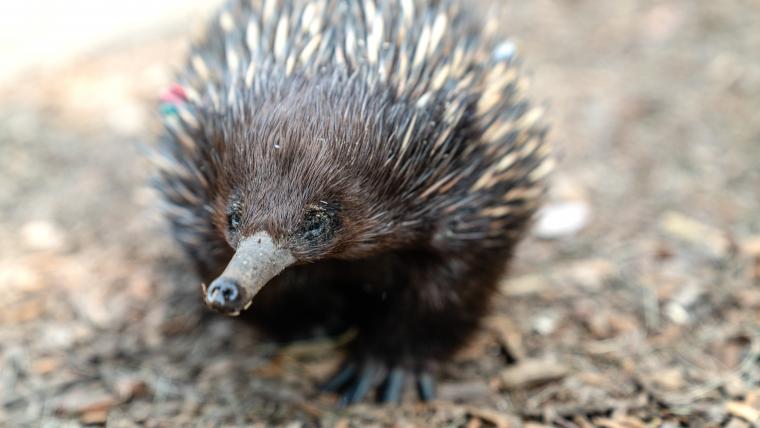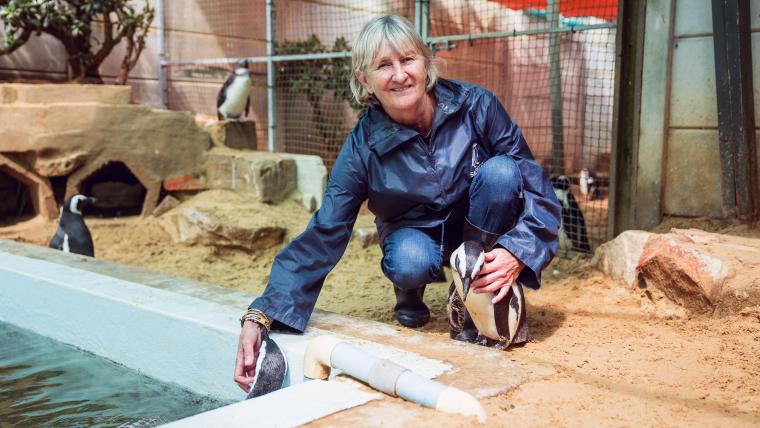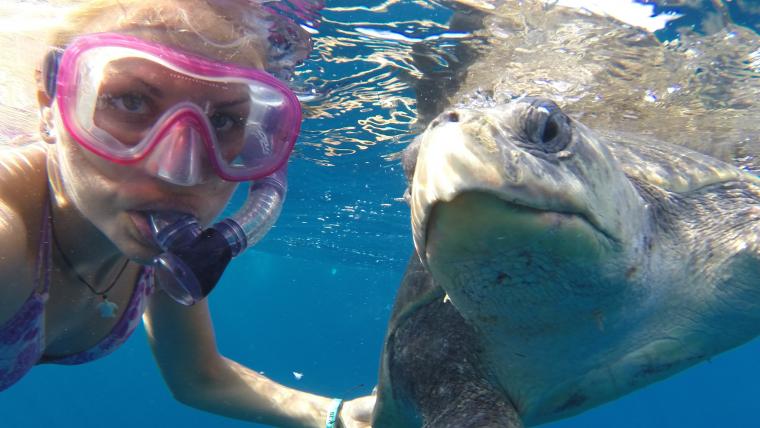
Digging for dinner and saving the planet: it’s all in a day’s work for echidnas
An echidna wouldn’t be out of place at a medieval duel. Covered from head to tail in short, hollow quills, they can turn themselves into their own fortress by curling into a quivering mass of spines. It’s not all prickly with echidnas though – these balls of spikes are gardeners at heart.
Echidnas are native to Australia, and make themselves at home in forests, grasslands, and mountains. Equipped with sturdy legs and curved claws, echidnas shuffle soil and rip through rotten logs easily. Through these dynamic actions, they turn over and aerate the earth, stimulating growth and ensuring a healthy ecosystem.
Digging through the ground, they search for their preferred cuisine of termites, ants, and beetle larvae. Even though they’re toothless, echidnas are still capable of wolfing down a feast. With a long sticky tongue reaching lengths of 15 centimetres, an echidna’s supper has no chance of escape.
Dead wood provides both a home and food for echidnas. The understorey of a forest is crucial for the small creature’s continued survival. But mass removal of fallen logs and clearing of brush devastates an ecosystem’s ability to thrive. Echidnas are not endangered, but this harmful practice is of increasing concern.
As gardeners know, any terrain can thrive with a proper dose of care and attention. If entrusted to the right set of claws, Australia’s landscape will remain a bountiful source of life for generations of echidnas to come.






























Please sign in to leave a comment